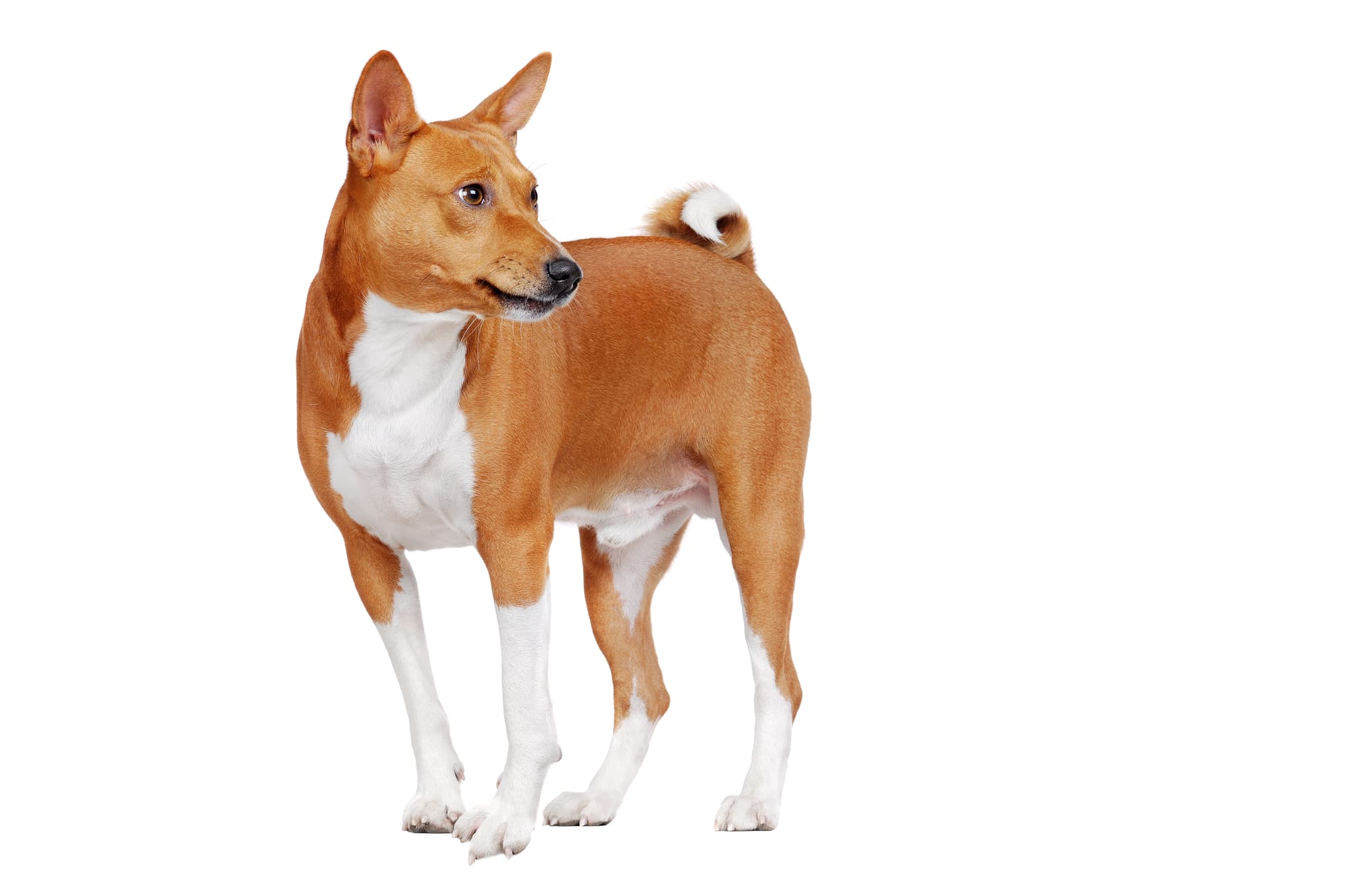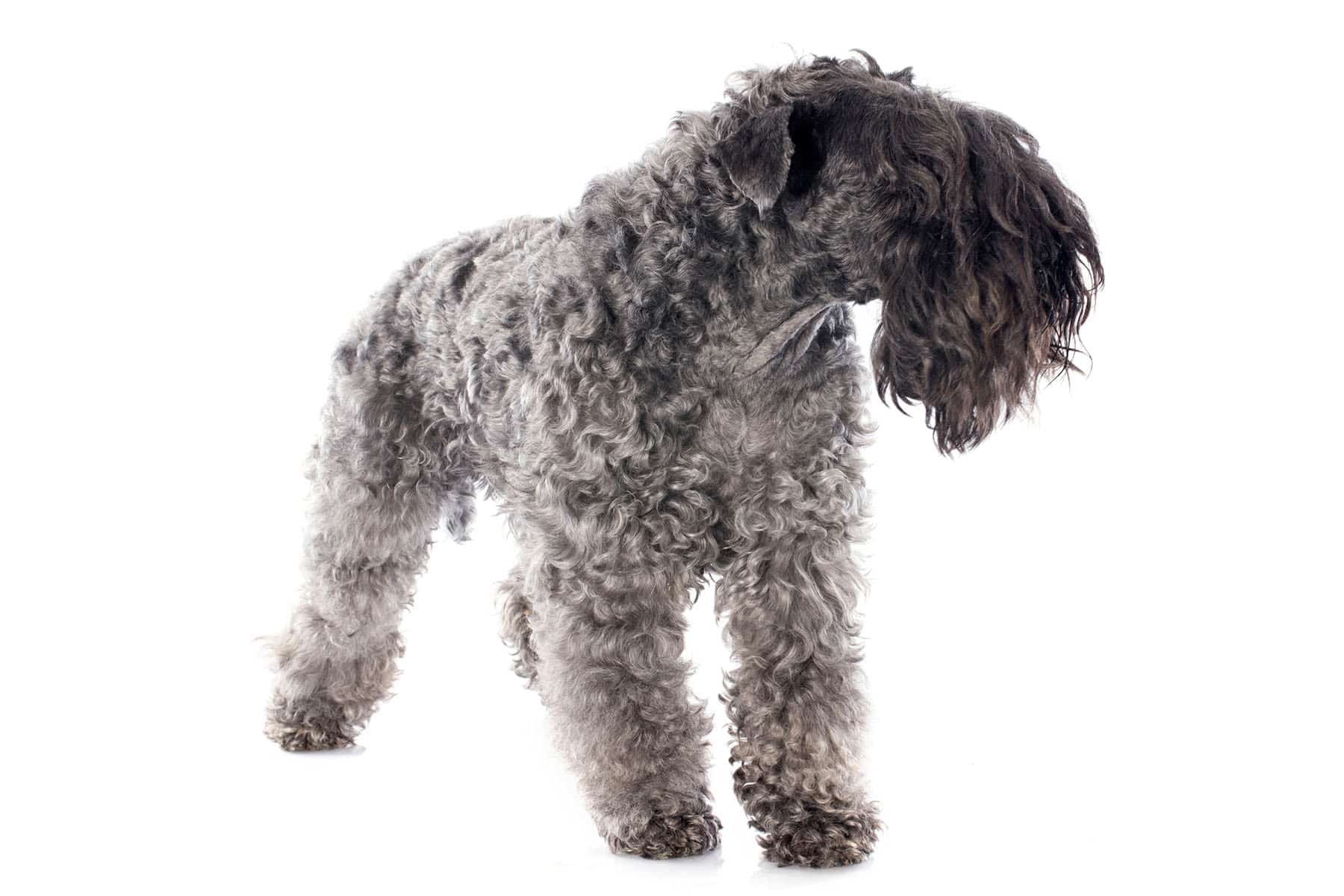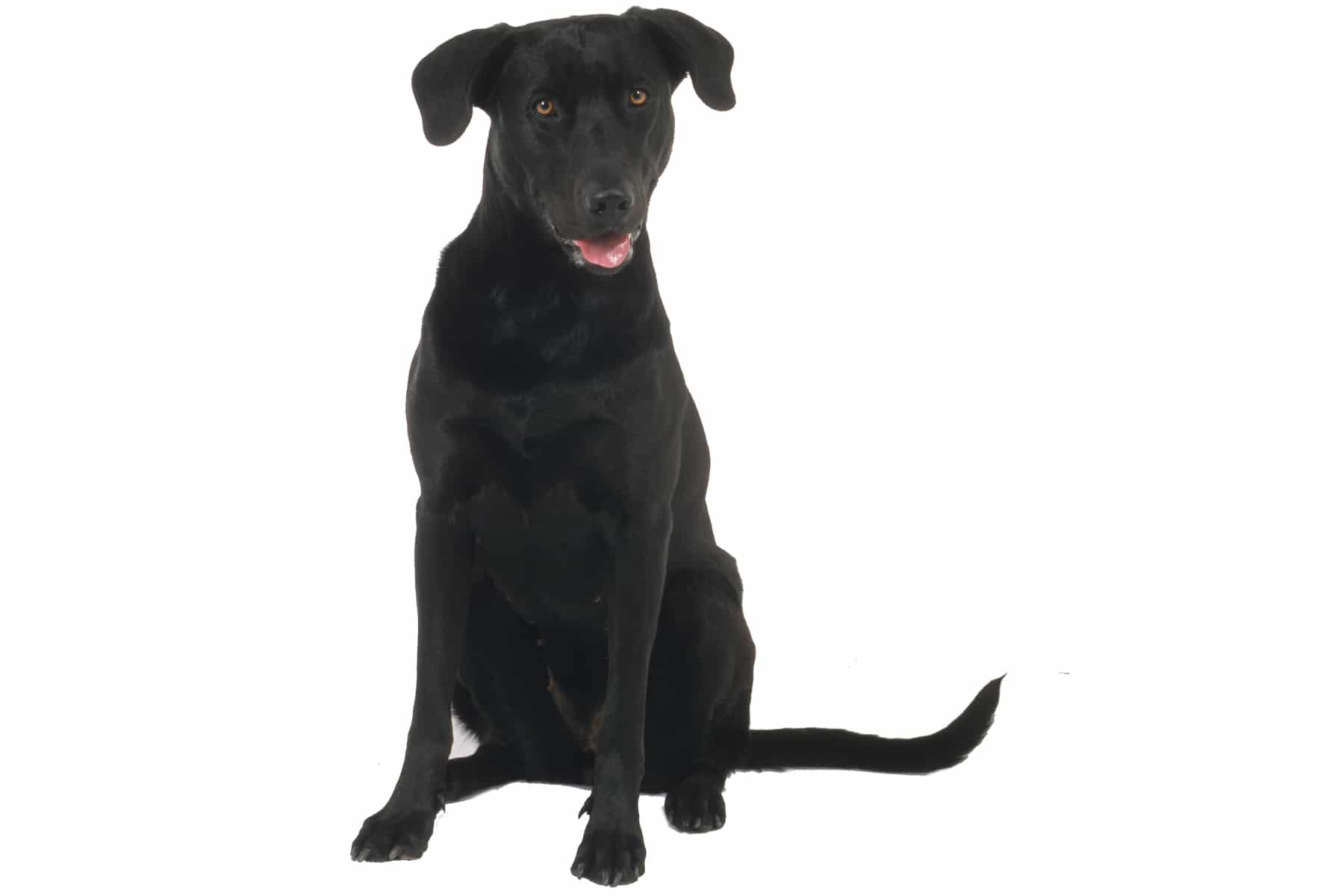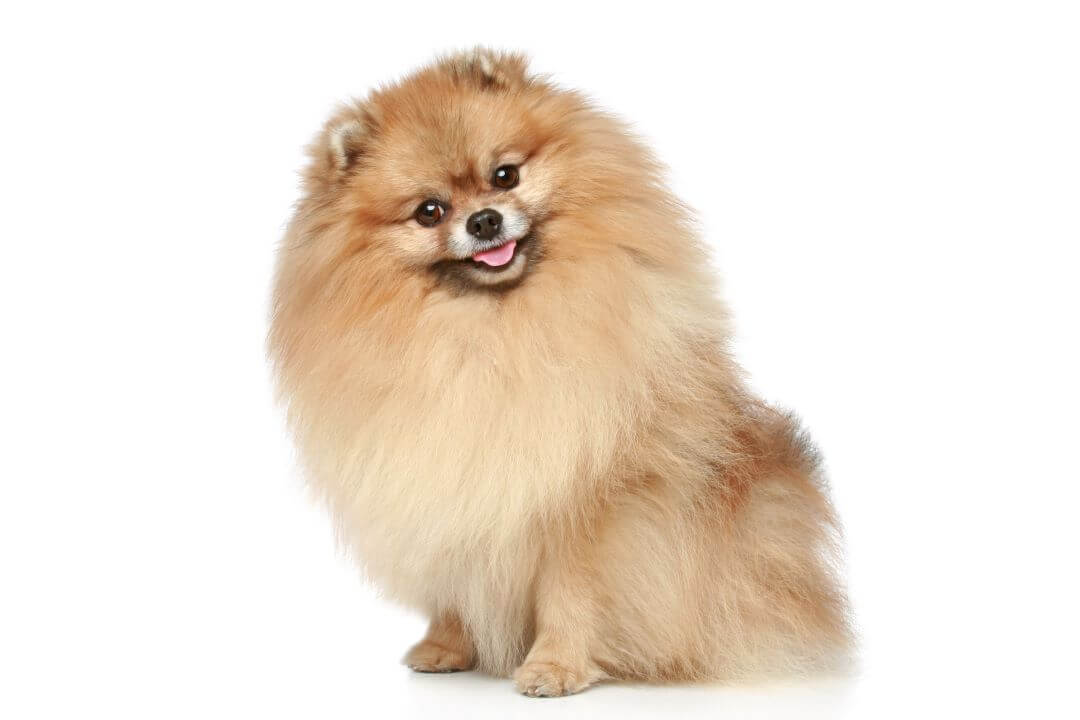Bedlington Terrier
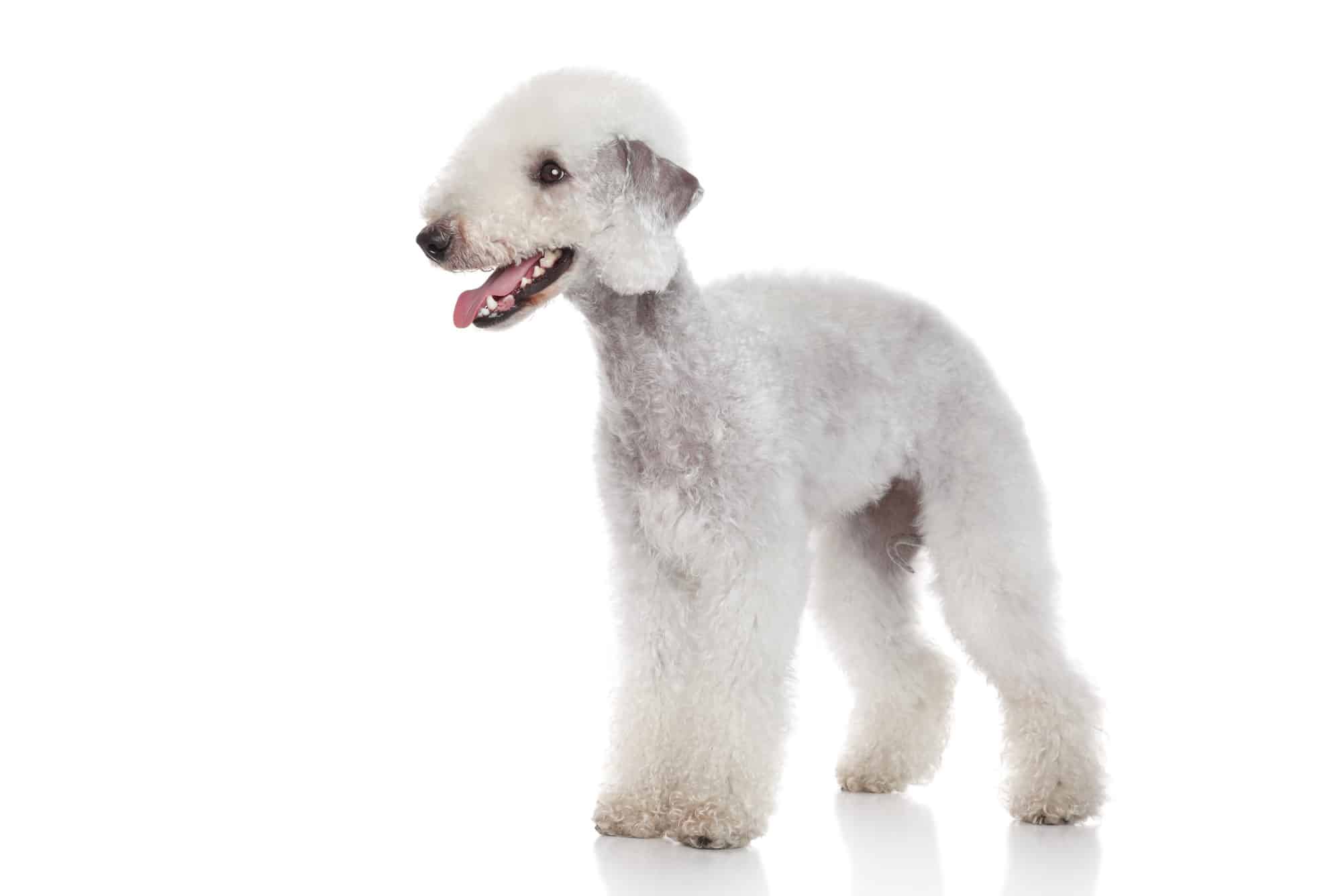
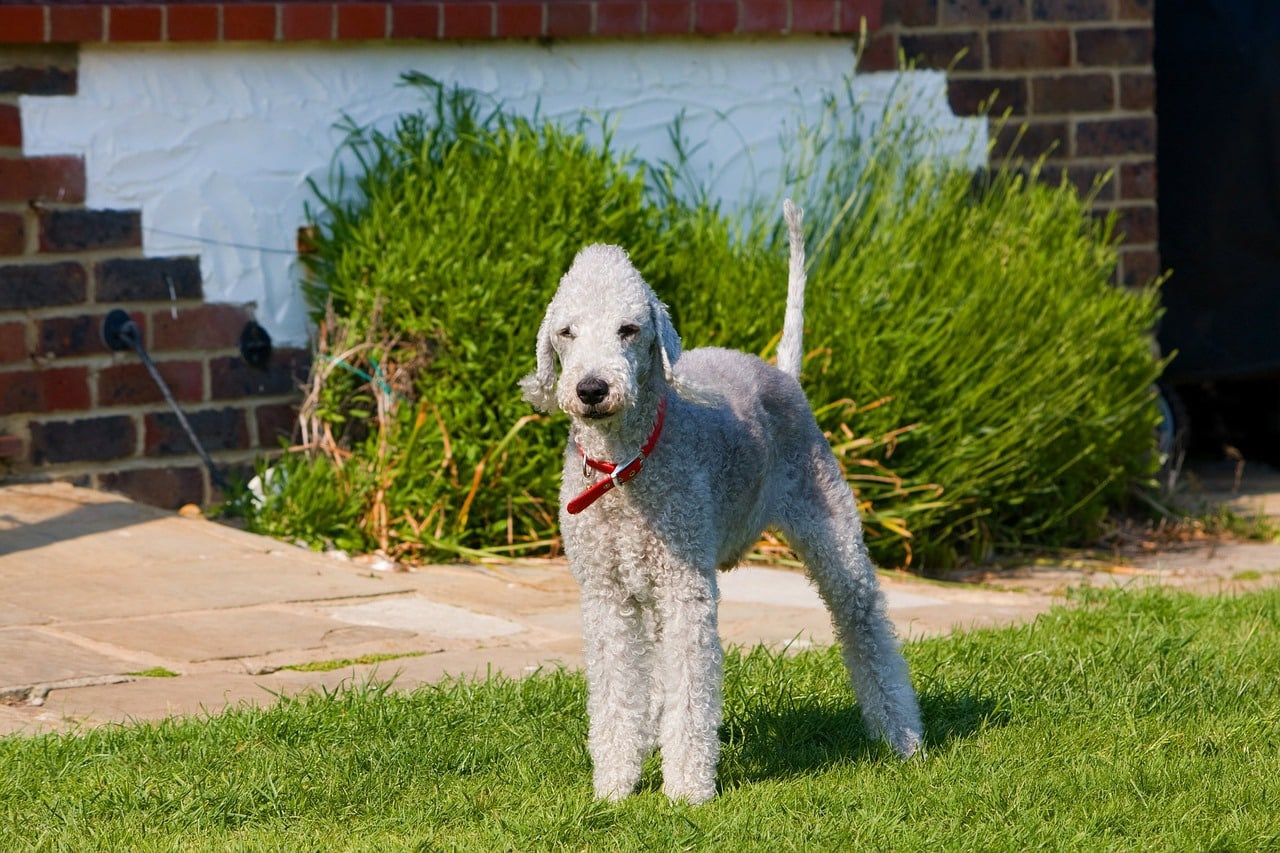
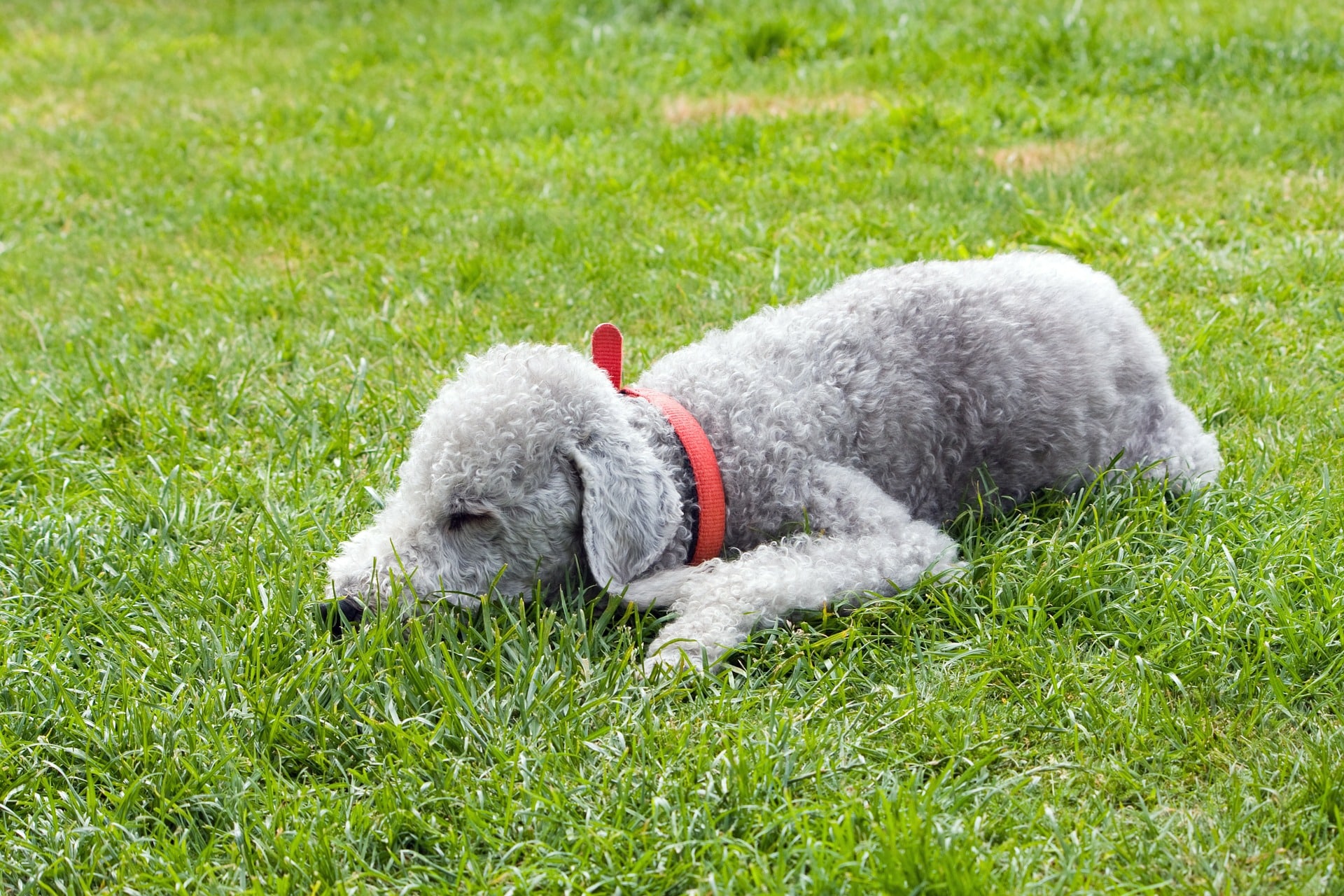
Temperament:
The Bedlington Terrier is one of the oldest terrier breeds. With this animal friend, you have an extremely active and patient companion at your side. He loves a varied life. It is not immediately obvious that he is a passionate hunter.
Characteristics
The medium size makes the Bedlington Terrier attractive. If his coat is beige-brown, he has a light nose and eyes. If he has a gray-blue coat, eyes and nose are adapted dark. Breeders prefer the dark colors. Its height reaches to about 40 cm and its weight ranges from eight to ten kilos.
The athletic slender body of the pedigree dog ends with a tail located far below. This does not rise above the back. The rounded, pear-shaped head and the low hanging ears make him look like a little sheep. This is underlined by the soft, slightly curly coat. It is not wiry, but densely grown. Especially on the front face and head it is clearly corkscrewed. Funny are the fluttering, fur-fringed ears.
The Bedlington Terrier is excellent as a family dog. You have in him an affectionate partner who knows how to handle children well with his lamb-like nature. He will never be intrusive. He likes to playfully romp around in the garden.
Courageous and alert, the dog shows itself to strangers. A tendency to yapping is not present. The males defend their territory expressively against conspecifics. To calm him down then is difficult.
A beginner dog owners will cope well with this breed. It is recommended to learn in advance about the attitude in this regard. Puppies are always strictly in their place. They are more demanding than puppies of other dog breeds. This is due to their above-average urge to move. You must be patient and consistent. Only in this way can the social compatibility of the terrier be set at a high level.
The great willingness to learn is laid in the cradle of the Bedlington Terrier. This facilitates the character education. Visiting a dog school has a positive influence on him. There he learns the friendly contact with conspecifics best. He is constantly testing his limits against his caregiver.
If you are out in nature with the terrier, his strong hunting instinct awakens. He is bursting with strength and joie de vivre. It is not impossible to keep him indoors only. In this case you must offer him agility as a sport or participate in dogdancing. In tournament sports he does well due to his endurance and intelligence.
A house with land clearly suits him better. That alone is not enough for him. He needs a high level of daily exercise. Go jogging with him and on long walks. The terrier loves long runs and playing on the go. A good distraction is needed so that he does not act out the hunting instinct.
Coat care:
Shedding:
Energy level:
Trainability:
Children suitable:
The right food
A terrier that gets a lot of exercise every day must be offered meat as food. Therefore, make sure you choose a high-quality food with a high meat content.
Follow the feed manufacturer's recommendations and adjust the quantities as necessary.
Bedlington Terriers often react sensitively to changes in food with diarrhea and vomiting. Therefore, gradually introduce the new food into the existing diet. For sensitive dogs, the change of food should be spread over 7 to 10 days.
Like any other dog, the terrier loves snacks and treats of all kinds. Dried beef ears and chewing bones are very popular. They also care for the dog's teeth. Freeze-dried pieces of meat and small dog cookies can be given as a reward between meals. Make sure he gets plenty of fresh water every day!
Health & Care
The nice thing about this pedigree dog is that it doesn't shed. You won't have much trouble with him in the house. He also smells a lot less like a dog. It's best to brush the curly coat once or twice a day. The dog will put up with it patiently. To curb the frizzy hair growth, have the coat trimmed by a groomer up to twice a year. The perfect cut ensures the popular sheep look.
Good claw care is also important. As dogs get older, their urge to move usually diminishes somewhat. The claws no longer wear out as quickly. Trim your terrier's claws with special nippers. It is practical to do this at the same time as trimming the coat.
Your Bedlington Terrier's ears should be checked regularly. Ear cleaner is available in stores to make cleaning easier.
If you have acquired a terrier puppy, you can get him used to dental care straight away. Buy a dog toothbrush and toothpaste. Brushing his teeth regularly will become a ritual for him. Just like with humans, it helps to prevent tartar build-up.
A Bedlington Terrier romps around in the great outdoors. It is inevitable that his coat will get dirty. He needs a bath from time to time. He often does this when out and about if the opportunity arises in a body of water. Otherwise, you can bathe him with a mild dog shampoo if necessary.
Suitable accessories
Such an agile dog needs a comfortable harness. Look for soft materials that do not chafe the skin. High-quality dog harnesses are made of nylon and natural leather. You can accommodate his urge to run with a lead whose length you can adjust individually. Develop your clever Bedlington Terrier's skills with interesting intelligence toys. He will be delighted.
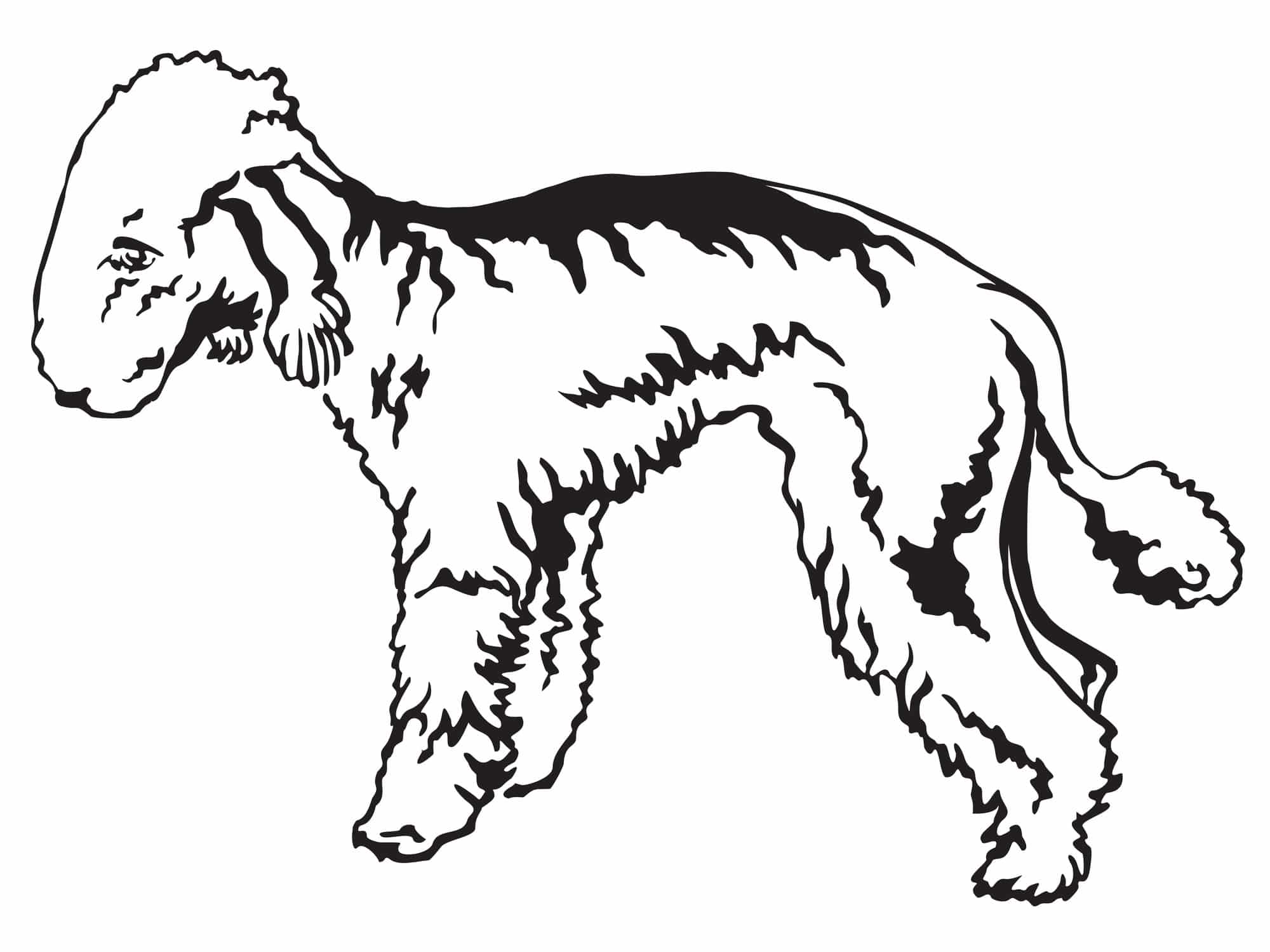
Origin & History
The ancestry of the Bedlington Terrier goes back a long way. It is mentioned at the end of the 19th century as the Rothbury Terrier. In the mining areas of northern England, he was trained by the inhabitants to hunt hares. The first breeding club was also founded there.
The dog was often used to hunt rats. Traveling traders used them as a new source of income. Entire villages were freed from plagues of rats. Its use in animal fights was unpleasant.
The Bedlington Terrier owes its modern name to the village of the same name. It was mainly bred there. The exact crossbreeds are still disputed today. Whippets, Dandie-Dinmont terriers, bulldogs, bull terriers, French bulldogs, otterhounds and greyhounds are mentioned. Hunting prey included small game, foxes, otters, badgers and rodents.
The Bedlington Terrier was first shown at a dog show in 1870 and registered as a pedigree dog. Fifty years later, it came across the English Channel to Germany. A specialist club for this breed was founded. In the early 1950s, breeders founded the Bedlington Terrier Club. The external appearance of the terrier is almost one hundred percent the same as before.
In the group of terriers, he is classified as a high-running terrier. Its pedigree is complete. This exceptional dog breed has remained resilient throughout its history. He enjoys his former role as a hunting dog. It can also boast great success as a working dog.
More breeds to discover
